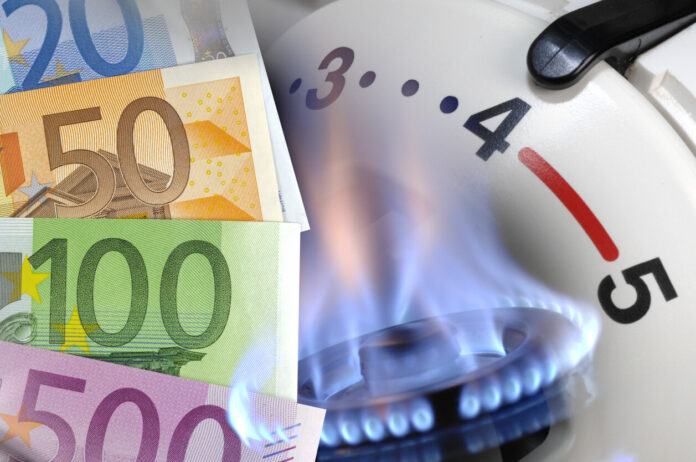The regulated natural gas tariff is historically offered by Engie and by local distribution companies (ELD). Present in large cities such as Bordeaux, Strasbourg or Grenoble, ELDs supply gas to nearly 3 million French people spread over 2,500 municipalities, or 7% of the gas and electricity distribution network.
However, on July 1, 2023, regulated gas sales tariffs will disappear. To allow consumers to continue comparing market offers, the Energy Regulatory Commission (CRE) has decided to create a reference price (excluding taxes). And, since Monday June 19, 2023, CRE has been looking into the particular case of local distribution companies.
For the specific case of LDCs, CRE has unveiled a reference price for each player. This price is calculated using a method similar to that used for regulated gas sales tariffs. This new tool adds up all the costs of a gas supplier for a given month. It takes into account the cost of gas supply, transportation and storage, as well as trade costs. To ultimately provide the average cost of a gas contract.
However, according to Capital, the ELDs are not connected to the network operated by Gaz Réseau Distribution France (GRDF), a subsidiary of Engie. To transport the gas to their customers, local companies must pay a different infrastructure cost from that imposed by CRE for Engie. Some ELDs are therefore more or less expensive than Engie.
If the ELDs only offer their offers locally, it may be time to subscribe to the one in your region. Find out in our slideshow below which is the cheapest gas supplier among local distribution companies.















